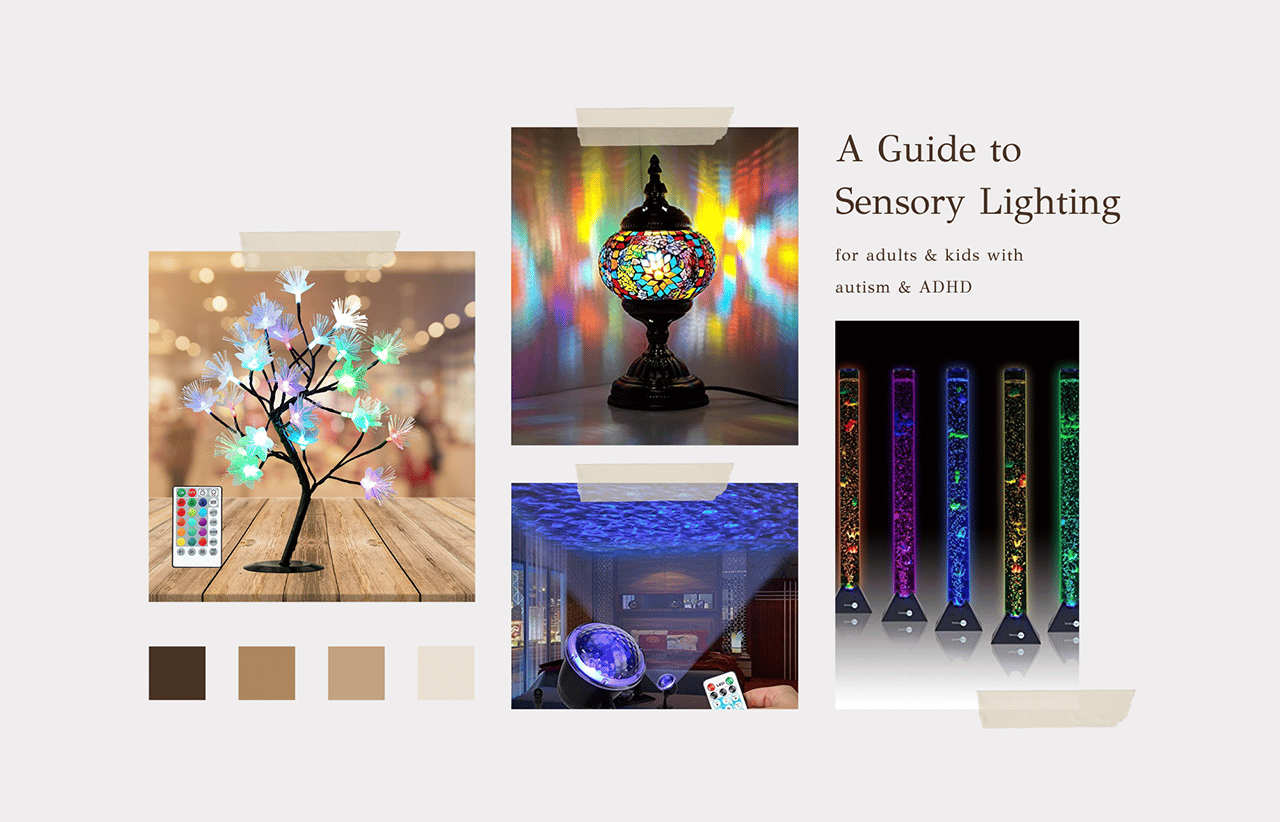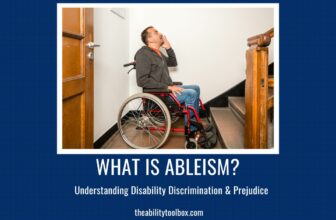
I have been diagnosed with borderline personality disorder since 2018, but since my youth, I have always suffered from a lack of meaning in life. It was only after my diagnosis that I became aware that chronic feelings of emptiness are part of the set of characteristics present in the trait. Yes, I said trait, because today after years of treatment with the “right therapy” I can say that emotional instability is just part of who I am, and therefore doesn't define me.
During a crisis, people diagnosed with borderline personality experience a very intense spike in anger, taking a significant amount of time to return to emotional balance. It's like a chain reaction: the more a person gets angry and feels invalidated (not having their feelings heard or respected), the angrier they get and with that, they learn to exaggerate the communication of their emotions to be sure they will be heard.
Dialectical Behavioral Therapy: A Treatment for Borderline Personality Disorder
After years of being diagnosed with depression and anxiety, I went through different psychotherapeutic treatments, which only increased my existential pain and my internal conflicts. Fortunately, after the correct diagnosis of BPD, I was able, under the guidance of my psychiatrist, to resort to a new psychotherapeutic approach indicated for patients with high emotional dysregulation, known as Dialectical Behavior Therapy.
In this type of therapy created by Marsha M. Linehan, the individual is led to develop behaviors using the wise mind, balancing the opposites between reason and emotion. In practice, it requires observing the moment without reacting and trying to describe the situation rather than maintaining a judgmental attitude (because judging carries a lot of weight for emotions). Thus, a non-judgmental stance requires that we look at the facts, not evaluating them as good or bad, but with discernment. It is for this reason that in DBT we call the “wise mind” the middle way, as it combines the logic of the rational mind with the sensitivity of the emotional mind (to a serene state of mind), being skillful with wisdom.
How Dialectical Behavioral Therapy Can Improve Emotional Regulation
Dialectical Behavior Therapy (DBT) is taught in 4 modules: mindfulness, emotional regulation, distress tolerance, and interpersonal effectiveness. However, in this article, we will focus on emotion regulation skills, as unregulated emotions are often triggers for crises (or suicidal thoughts) as well as on distress tolerance which aims to increase a person's tolerance of negative emotions.
According to DBT, a person's emotional dysregulation is a combination of biological and social vulnerability. Among the biological causes are genetics, intrauterine factors, or brain damage. Social factors, on the other hand, are characterized by the invalidating environment, that manifests itself when the adult shows intolerance or neglects the emotions of a child.
Emotional dysregulation is the borderline person's “Achilles heel,” for it is closely linked to the invalidation of the emotions that a person feels during a crisis of intense anger, fear, or hopelessness. This dysregulation leads to an increase in emotional distress and in an attempt to relieve pain, suicidal thoughts or self-injurious behaviors may occur.
Creating a DBT Plan for Crises That Can Lead to Suicidal Ideation
For this challenge, my therapist led me to understand, identify, and name emotions to help me regulate them. In practice, we made a plan with events that used to trigger moments of crisis, and how I could deal with each of them.
The “General Plan for Crises” activity contained questions such as:
- What thoughts, impulses or behaviors do you have when you are in crisis?
- What types of situations, thoughts, impulses, or behaviors are triggers for you?
- What makes you more vulnerable to a new crisis?
- What are the warning signs that you cannot effectively manage discomfort?
For each of these questions, I should (at a minimum) indicate 3 main triggers responsible for my emotional breakdowns.
My psychotherapist and I worked on this questionnaire for months. I confess that it was not easy, because every time I had to remember the reasons to write, my anger returned and the desire to disappear was strong. Because of this, we have developed a new plan called:
“[Crisis Response Repertoire] Things You Can Do in a Time of Crisis.” I would like to share this intimate plan in the hope it can help someone:
- Practice “Loving Kindness,” a type of meditation that uses images and feelings to evoke kindness in yourself, increasing self-love, and decreasing self-criticism.
- Listening to music (with headphones, if needed) and performing a dance to move your whole body. It makes you feel alive and energized!
- Do physical exercises. I started doing weight training, and I love it!
- When or if crying, naming my emotions and saying to myself what I'm feeling (in a quiet, safe space).
- Write in the “gratitude diary,” a type of therapeutic writing in which you detail learning and positive experiences you had that day.
- Practice mindful eating with a piece of chocolate or candy. It means being susceptible to the smells, tastes, appearance, noises, and texture of the food we consume.
Using Dialectical Behavioral Therapy to Develop Distress Tolerance Skills
However, even with all these plans of activities, there is still a question that hovers in my mind: how to survive an emotional crisis?
Fortunately, Dialectical Behavior Therapy sheds light on this in its “Distress Tolerance Skills” module, which aims to increase a person's tolerance of negative emotions, rather than trying to escape them.
DBT's STOP skill is a great tool to use in a crisis situation. The word STOP is an acronym for:
S– Stay in Control. Do not react to stimuli. Keep quiet (as in statuesque play) so you don't react impulsively.
T– Take a step back. Remove yourself from the situation or place of conflict for a few minutes (or until you calm down). Here it is very important that you take a deep breath and gradually control your breathing.
O– Observe. Notice both what is going on inside you (feelings, thoughts) and the environment around you (what people are doing, what images or scenarios you see).
P– Proceed with mindfulness, without judgment or evaluation (just describing what you are seeing).
In a crisis where emotions are too tense and intense, changing body physiology is an effective balancing strategy. Thus, in DBT we use another acronym called TIP:
T– Temperature. Change your body temperature either with a shower, ice on your hands, or washing your face with cold water.
I– Intense physical exercise.
P– Progressive muscle relaxation (saying “relax” to yourself as you exhale and relax your muscles).
The practice of TIP has helped me a lot to regulate my emotions, especially in episodes of strong emotional pain. After a family conflict, instead of self-inflicting pain, I was able to change my emotional state by washing my face with cold water and focusing on my breathing. In addition, the practice of physical exercises in my routine helps me to relieve tension and relax my muscles.
All these Dialectical Behavior Therapy practices mentioned are just suggestions, not rules, on how people with high emotional dysregulation can return to a healthier, more balanced life that is worth living. Each one has a way. What is yours?
Daniela Silva is a Brazilian educational writer living with her husband in Goiânia (GO), Brazil. She holds a BA in Pedagogy; an MBA in Personnel Management and a postgraduate certificate in Neuroeducation. Working as an educational writer since 2012, Ms. Silva is a regular contributor to several educational websites, such as 4W, Inspire the Mind, Psychreg, The Old Schoolhouse Magazine, New Heights Educational Group, and Texas HomeSchool Coalition.







